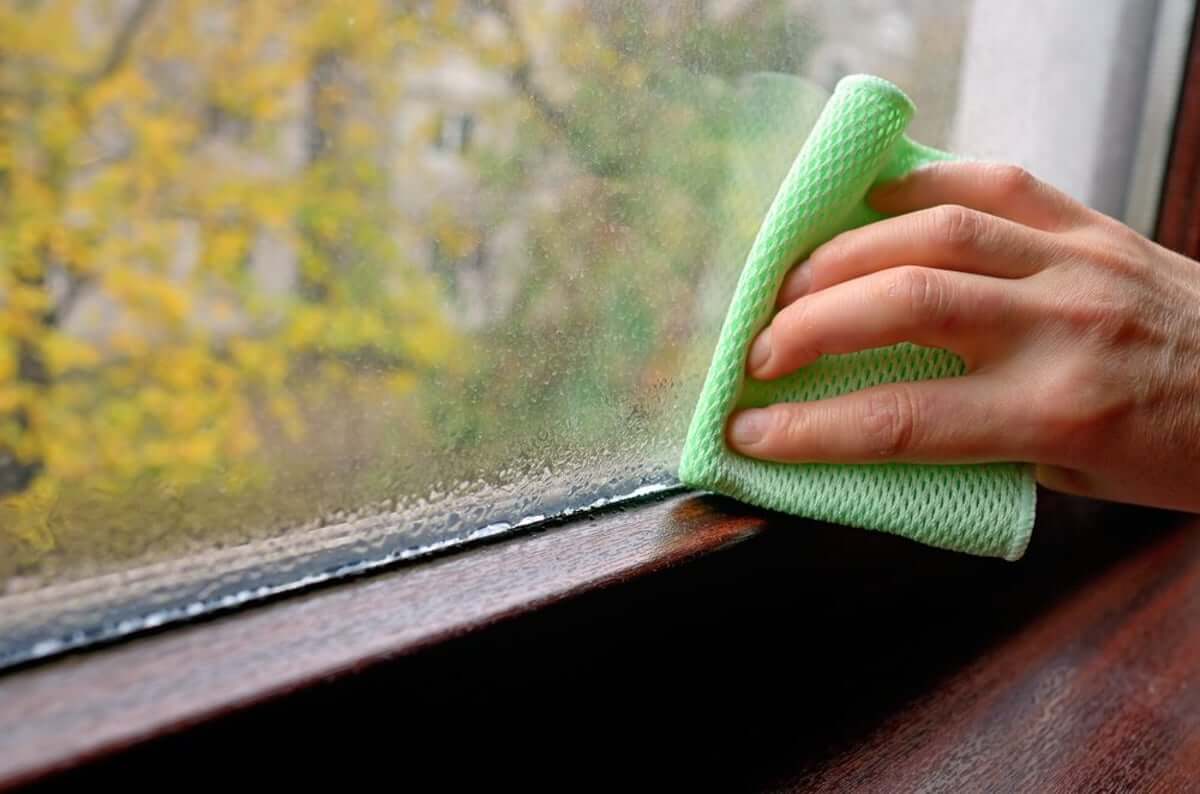Condensation Control

How to manage condensation in your student accommodation
Condensation leading to damp and mould is one of the most common problems in housing and if left unchecked, can seriously affect the health of residents over time. If you are living in student accommodation or are renting a property, knowing what to do about condensation can be more complex.
Why is Condensation More of a Problem in Student Accommodation
Condensation is caused when moisture in the air comes into contact with cool surfaces and is released. On non-porous surfaces, the water will form beads of liquid on the surface, however on wood or plaster, it can soak in to form damp patches where mould will grow.
Water vapour is released into the air by many daily activities including washing and cooking. In student properties, where there are normally more people living in close proximity, there is more potential to cause humidity. Each week, for every four people living in a property, around fifty litres of moisture are produced. In large student properties, where people are showering daily, and cooking separate meals, the amount of moisture can be much higher.
In circumstances where there are a lot of people creating moisture, condensation can quickly become a problem and develop into damp and mould.
Reducing condensation in your student accommodation?
There are a number of things that you can do to help reduce condensation.
Shut the bathroom door when bathing to trap moisture and if possible open the bathroom window and ensure that the extractor fan is switched on!
Ensure that the kitchen door is closed when cooking and place lids on saucepans to reduce the amount of moisture released. You might also want to consider sharing meals with other residents to help reduce the number of different pans that are being used as this will help significantly.
Avoid drying your washing indoors on radiators. If you are unable to dry washing outdoors, ensure that windows are kept open.
To help with clearing the condensation away, you can make a simple, home-made solution by mixing two cups of water with two cups of white vinegar and a couple drops of washing up liquid.
Pour this mixture into a spray bottle if you have one and spray the solution straight onto your window. Use a soft cleaning cloth to wipe it down and let the glass air dry once you’re finished.
Whose responsibility is condensation
As a tenant, you are expected to do your best to ensure that the property is maintained in good order, however if a problem develops in the property, it is often the responsibility of the property owner to fix it and ensure that the property is habitable for you.
If you have a problem with damp and condensation, or are finding mould growing on walls and ceilings, then you should contact your landlord or lettings agent without delay to prevent damage to your health.Your property manager will be able to assess the property to determine what ventilation solution is best to prevent condensation in the future.